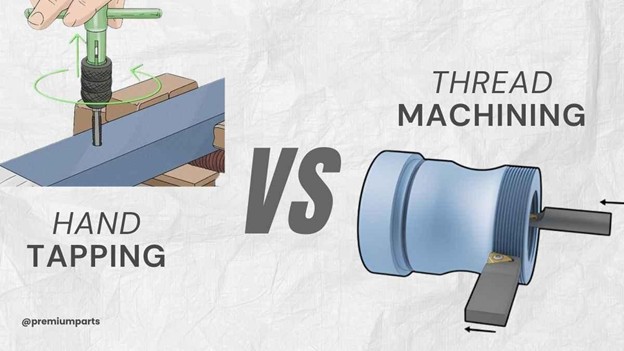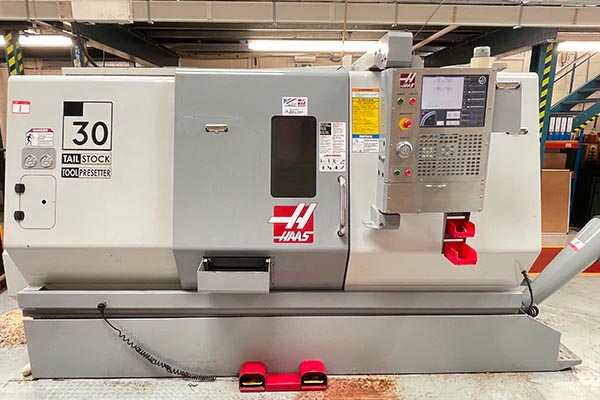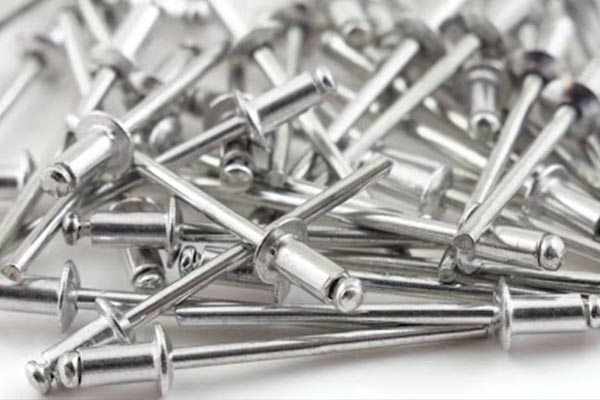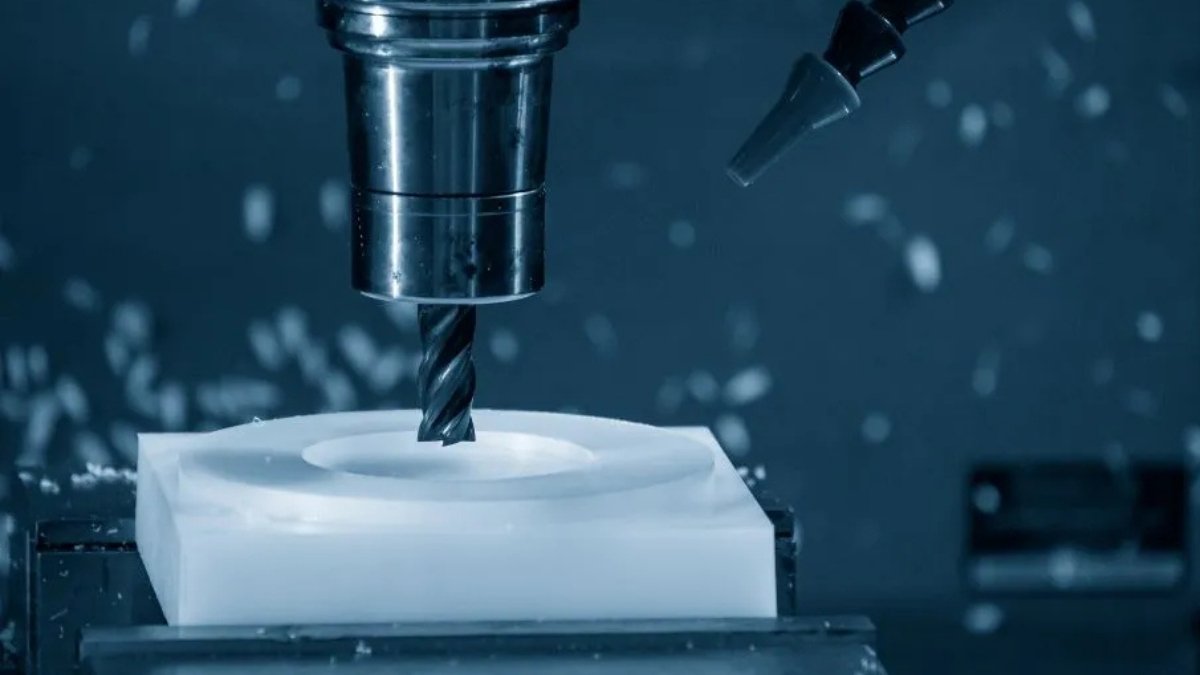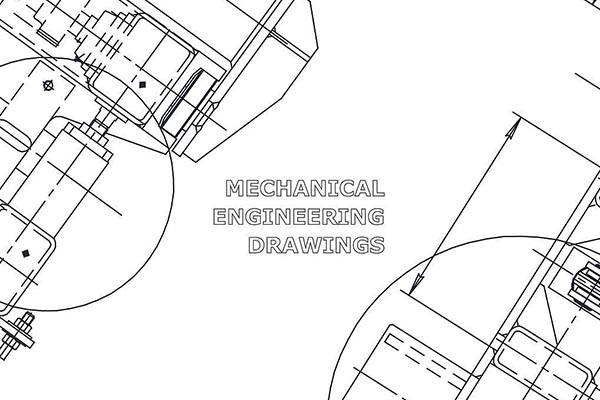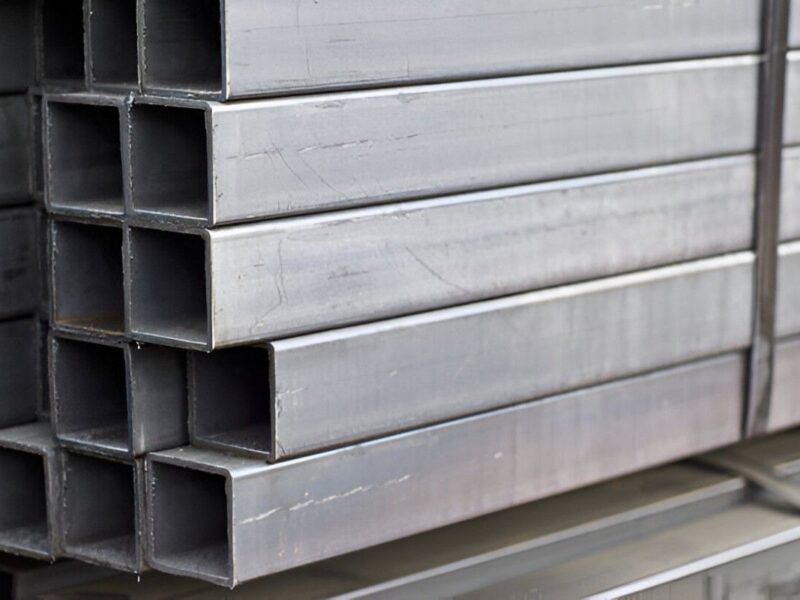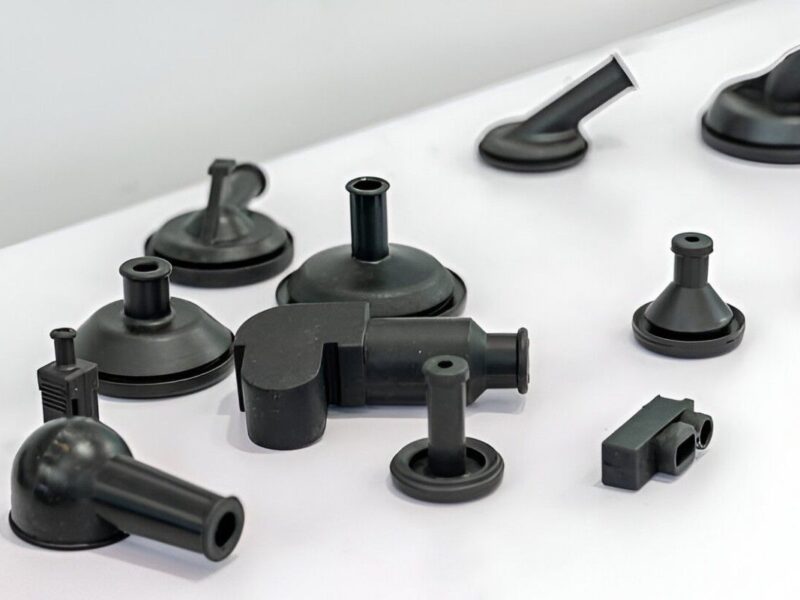 Plastic 3D Printing
Plastic 3D Printing
Image Description: A 3D printing machine making a complex prototype ny layering plastic filament.
Many people believe that a 3D printer can only be used to make prototypes, toys, duplicates, or trinkets. Today, additive manufacturing can be utilized in numerous innovative ways across a wide range of industries. With a 3D printer, several innovations across medicine, architecture, automotive, and basic manufacturing have become achievable. It helps to create quick, on-the-go solutions to some of the business challenges and global problems. Here are a few highlights of what you can do:
A. Houses
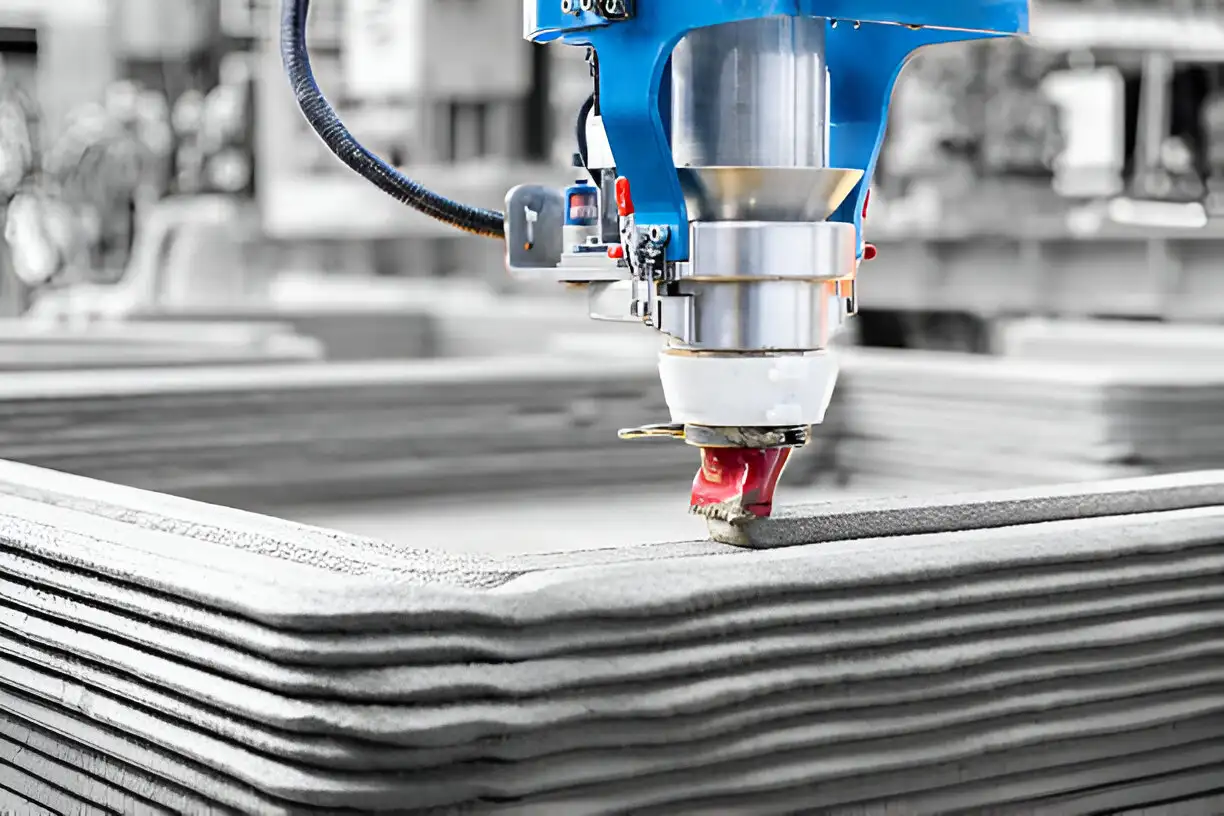 Construction 3D Printing
Construction 3D Printing
Image Description: A construction 3D printer making a concrete wall.
With innovations and advancements in 3D printing, architects can design and create full-scale physical structures of houses in 24 to 48 hours. These houses, made from highly durable materials, can be inhabited for extended periods. With 3D printing, these fast, affordable homes can be deployed in diverse locations to provide affordable solutions for homeless people.
They can also foster accommodation for people as relief for areas impacted. A great example of 3D-printed houses is seen in this fantastic collaboration between the Non-Profit New Story and Construction Company Icon, which manufactured a 350 sq. ft. home in just 48 hours.
B. Tissues and Appendages
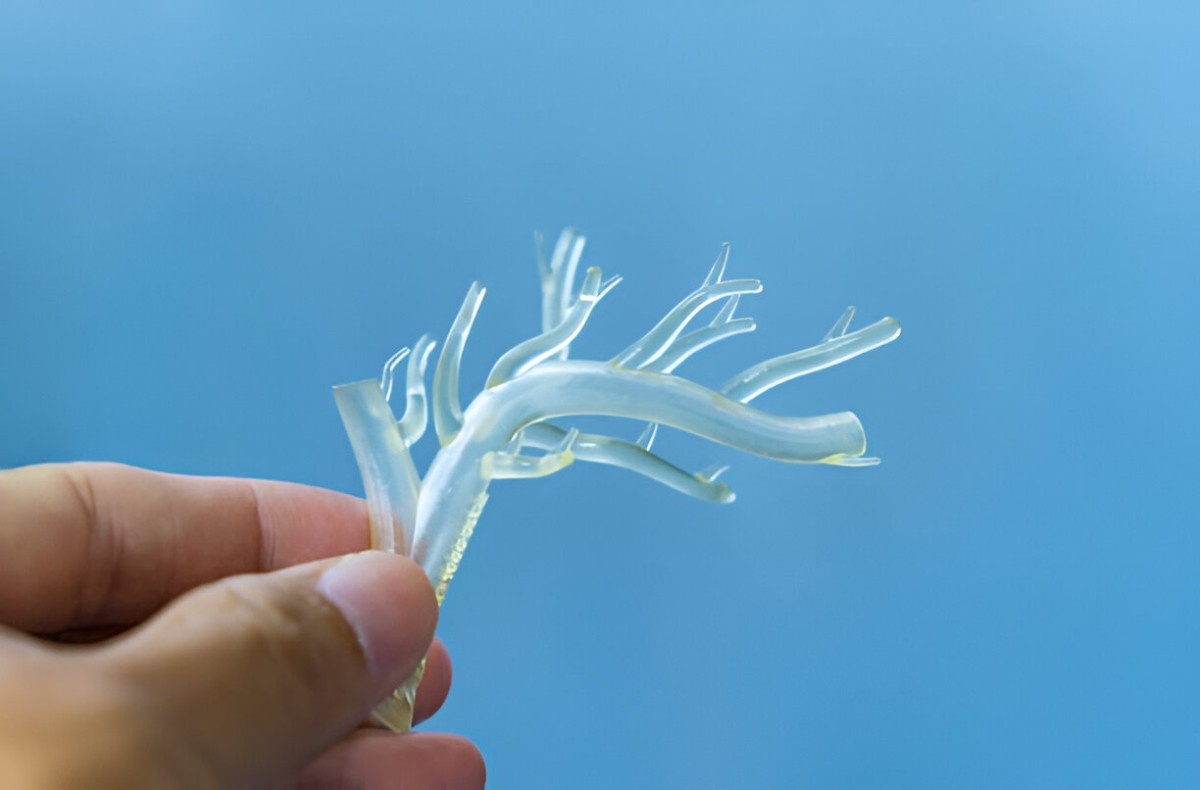 Human Blood Vessel Printed on 3d Printer
Human Blood Vessel Printed on 3d Printer
Image Description: A close-up of a man holding a human blood vessel printed on a 3D printer.
In the medical industry, experts have advanced from 3D printing to create living tissues and cells for the treatment of a wide range of human medical conditions. 3D printing enables the creation of tissues that can be used to cover deep wounds, severe burns, and stimulate growth and treatment. Bioprinters now exist to help print tissues and cells, using biological-grade materials that are considered safe and reliable as the ink to layer new healthy skin over damaged skin.
The innovation is also applied to the development of prosthetic arms and legs, enabling individuals with physical challenges to retain the functionality of amputated or defective appendages.
C. Spares
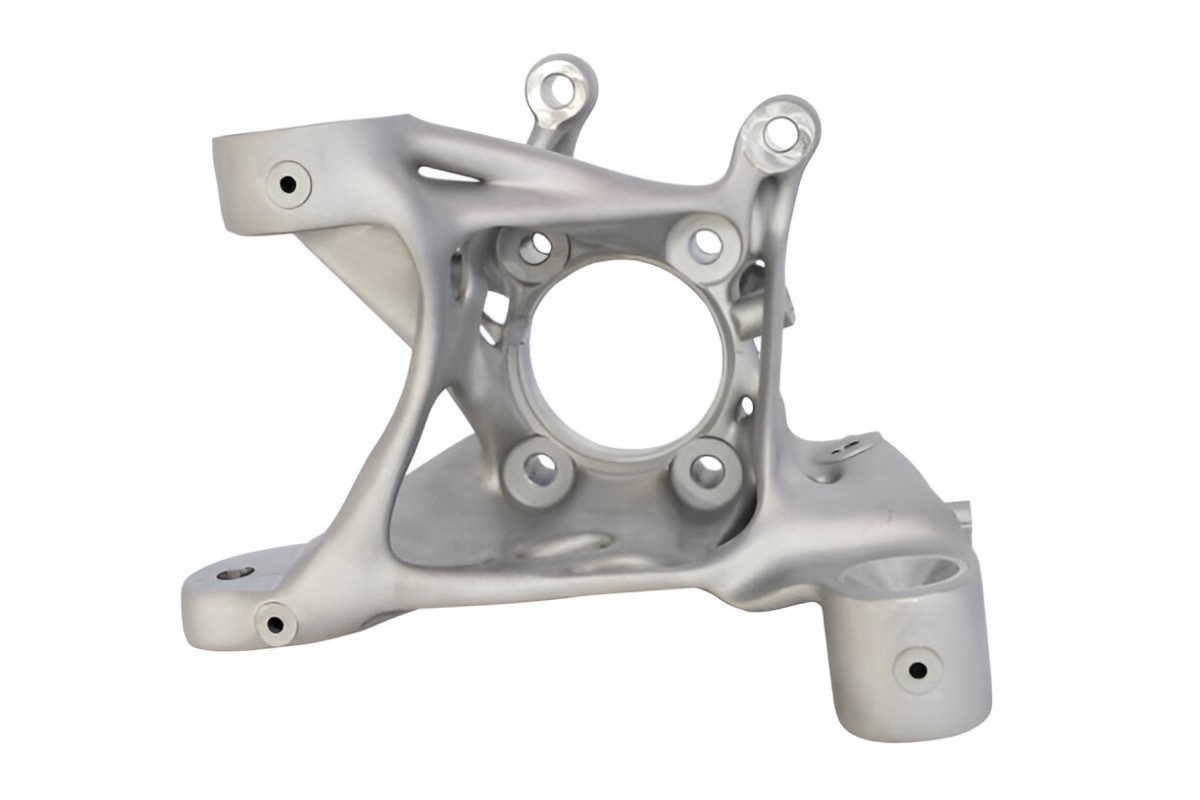 Vehicle Internal Bracket Part
Vehicle Internal Bracket Part
Image Description: A vehicle internal bracket part is shown in a white background.
Automobile and Airplane spare parts can now be easily manufactured at lower costs using 3D printing. The quicker turnaround also means that these spare parts are more affordable and readily available on the market. Most auto manufacturers have leveraged 3D printing technology, utilizing additive manufacturing to create durable, lightweight parts that enhance the performance of today’s cars, making them lighter, faster, and more fuel-efficient.
Through 3D printing, parts with complex geometries are attainable for the aerospace industry without compromising the lightweight balance needed to give aircraft their much-needed buoyancy in the sky.
D. Tooling
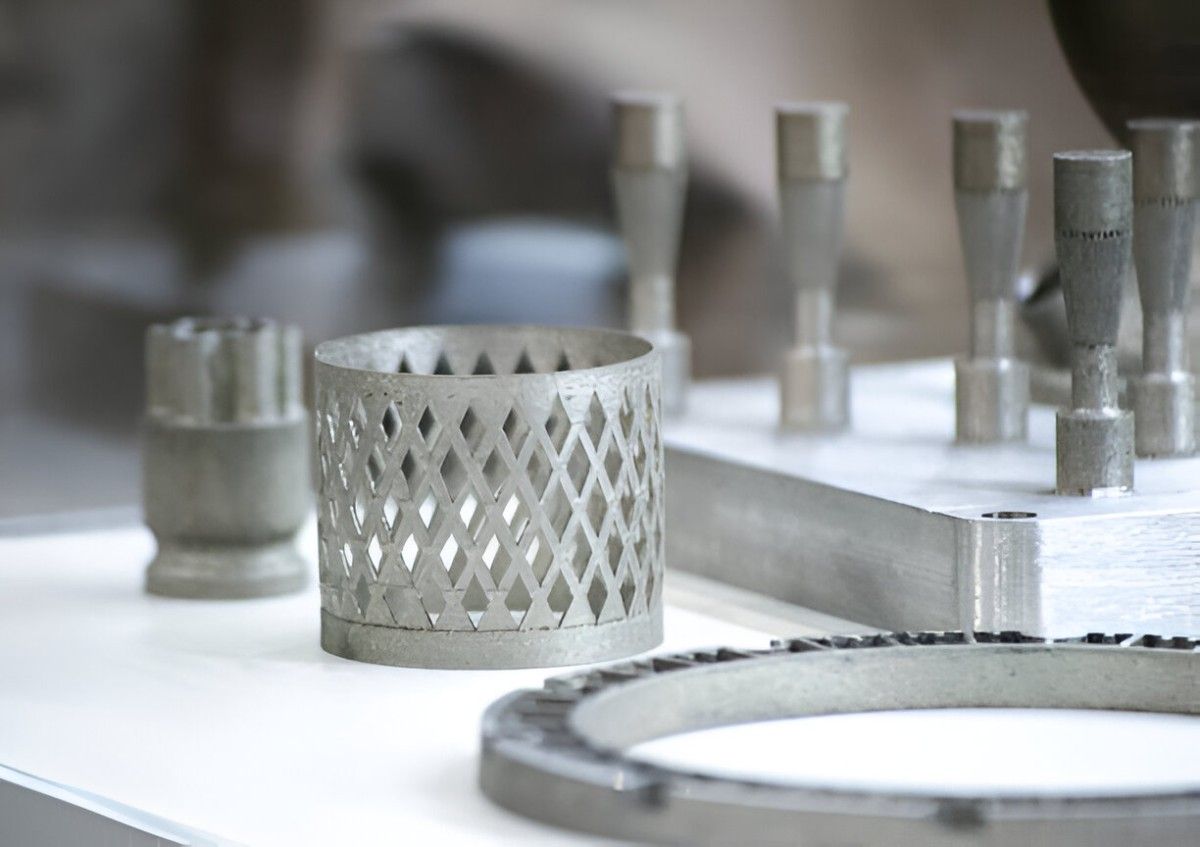 3D Printing Tooling
3D Printing Tooling
Image Description: Rapid tooling made with 3D printing for faster production.
Using materials such as steel, carbon fiber, and other metal alloys, 3D printing can be utilized to create an endless variety of engineering and industrial tools. From gas turbine housings to gear parts, compressors, and more, additive manufacturing offers a significantly more cost-effective alternative to traditional methods for producing engineering parts and components. Basic tools that can be used to fabricate other tools or used as machine extensions are also all 3D-printable
E. Jewelrie
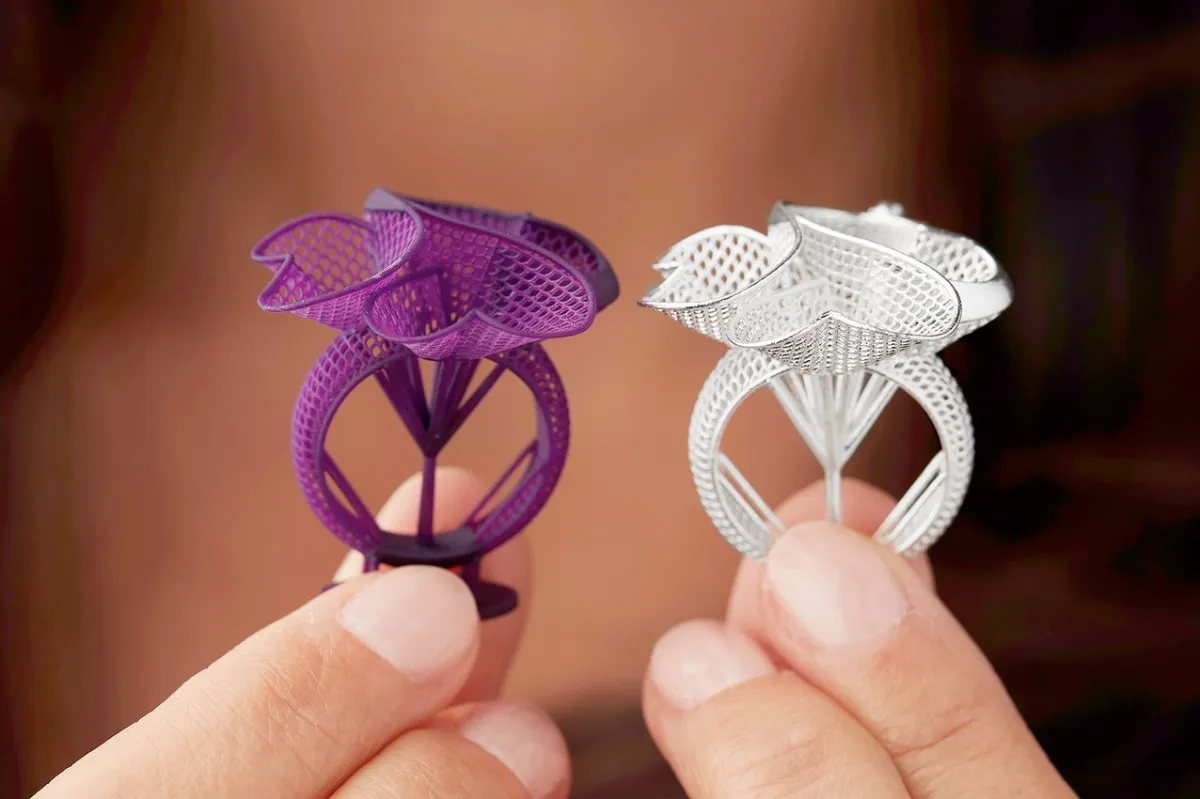 3D Printing Rings
3D Printing Rings
Image Description: The image displays a pair of 3D-printed rings.
Many designers utilize additive manufacturing to create both simple jewelry parts and complex, high-end accessories that are sometimes indistinguishable from conventional jewelry. This has facilitated the manufacture of faster gold and diamond-encrusted neckpieces, wrist chains, rings, and more. With 3D printing, jewelers can also add a personal touch to design and create tailored pieces to the specifications of each buyer.
3d printed UAV
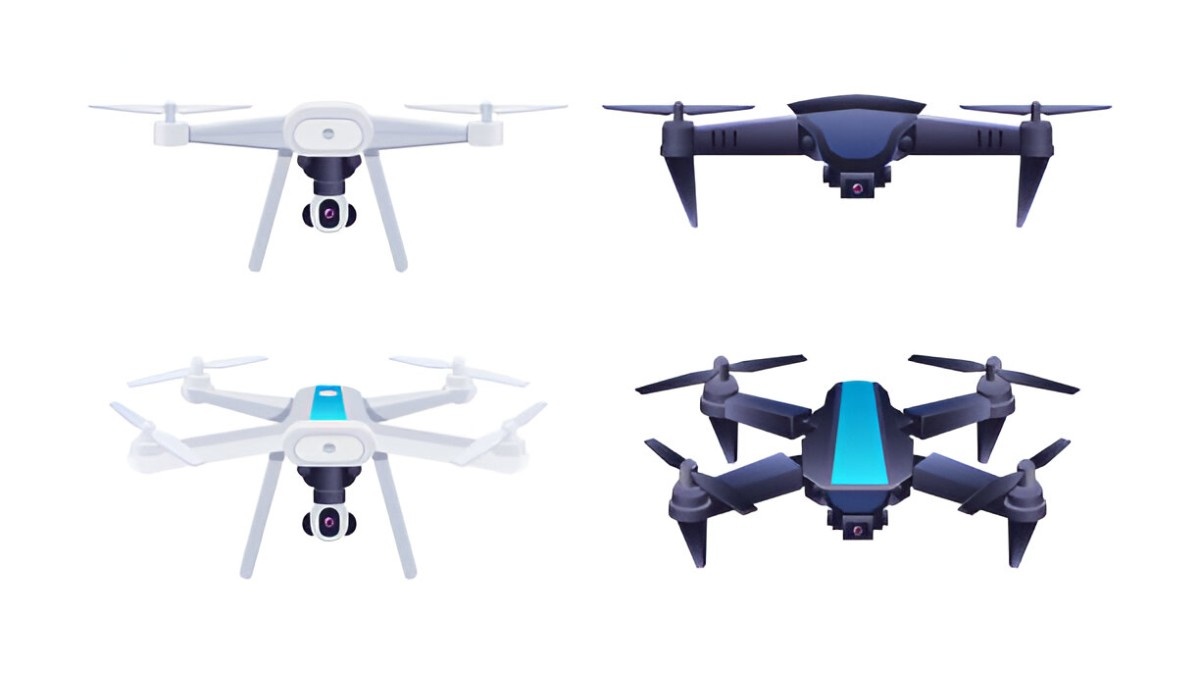 3D Printed Drone
3D Printed Drone
Image Description: Four drones made with 3D printing are shown.
3D printing is deployed to make Unmanned Aerial Vehicles (UAVs). These parts require a need to remain lightweight yet strong, and 3D printing makes this possible. It produces complex shapes that are difficult to create with conventional manufacturing methods. It also helps keep production expenses low by reducing material waste and quick production runs.
In Additive Manufacturing (AM), new designs of UAVs can be tested and refined quickly. You can develop prototypes, adjust designs, and refine them in one pass without compromising strength, stability, and flight time. On-demand printing of spares is another significant advantage that saves downtime. Here are the standard 3D Printed UAV parts.
- Airframes: The UAV’s main body is composed of an airframe produced through 3D printing. It’s a lightweight yet strong structure. Complex features, such as channels for wires, can be added directly into the frame design. This implies reduced assembly and enhanced performance, and the design meets stringent flight requirements.
- Propellers: Lift and balance are driven by propellers. In 3D printing, you can design propellers within a few hours. This helps reduce thrust and minimize noise. Even when a propeller fails, it can be reprinted in a few minutes. As a result, you can reduce replacement costs, and long delays are avoided.
- Camera and Sensor Mounts: UAVs usually carry cameras, sensors, or scanning devices. 3D printing allows the creation of simple, lightweight, and accurate mounts. These mounts keep devices safe in flight and minimize vibrations, resulting in more explicit images and improved data quality.
- Landing Gear: The UAV’s landing gear ensures the UAV remains stable during landing. 3D printing can be used to design a powerful, lightweight landing gear. The designs can be adapted to various surfaces, either smooth ground or rough terrain. This helps increase the UAV’s lifespan.
- Internal Brackets and Connectors: UAVs secure critical components in place using small brackets and connectors that are 3D printed. They can be customised to fit the UAV design perfectly, and printing them in-house also avoids delays from suppliers.
3D Printing at Premium Parts is boundless
We’ve only discussed a few of the applications of 3D printing. Today, a myriad of industries utilize innovative additive manufacturing to solve complex problems across various fields, including dentistry, eye care, furniture, archaeology, forensics, consumer electronics, agriculture, and education. As diversity and creativity increase, you can rest assured that additive manufacturing will continue to remain at the forefront of quicker, more effective, and cost-efficient manufacturing. Do you need a digital 3D printing service in China? Contact us at Premium Parts and explore all the possibilities of our innovative technology.




